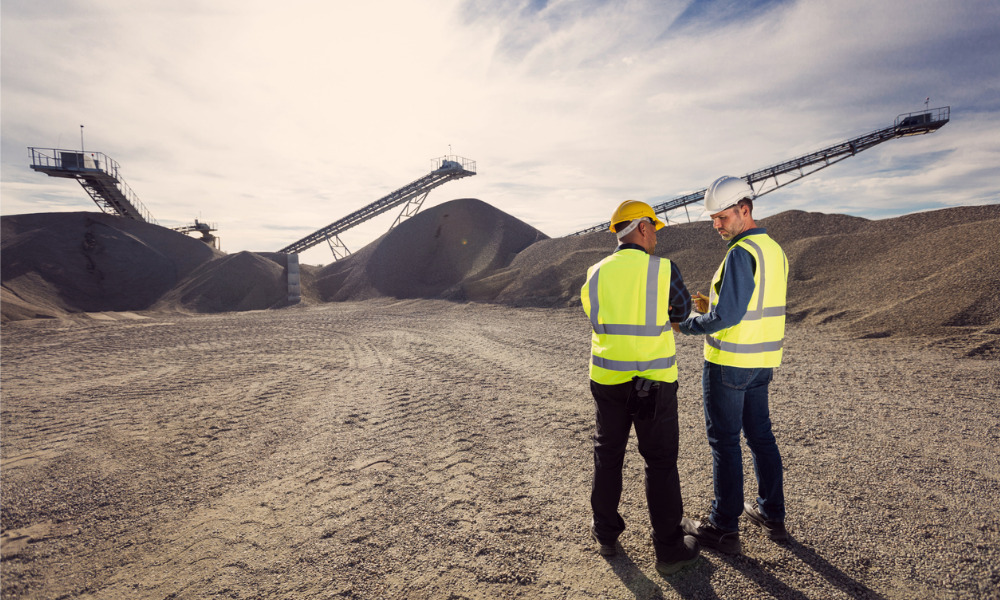Campaign focuses on exposure to airborne hazards

Ontario is putting an emphasis on airborne hazards in mines with a new safety campaign.
From Oct. 31 to Dec. 30, 2022, inspectors from the province’s Ministry of Labour, Immigration, Training and Skills Development (MLITSD) will be conducting a provincial inspection blitz on hazards associated with air quality and workplace hazardous materials in underground mines.
“While working in a closed underground environment, miners can be exposed to airborne hazards such as diesel emissions and silica, putting them at higher risk of developing occupational illness,” said Keith Birnie, Workplace Safety North (WSN), industrial hygiene and ventilation specialist.
Read more: 'Worker safety on the line'
Along with the blitz, the MLITSD and the WSN will host a webinar titled Healthy workers in health workplaces initiative – occupational disease.
In the webinar, participants will learn about issues related to occupational diseases in the mining sector, including requirements for air quality in mines and mining plants, pits, and quarries with regards to exposures to dust, silica, diesel particulate matter (DPM), radon, Workplace Hazardous Materials Information System (WHMIS) for chemicals and re-agents at mining workplaces.
Birnie will speak about prevention, and Scott Secord, provincial mining specialist with the MLITSD, will discuss what to expect for the inspection blitz.
During the blitz, inspectors will check mining workplaces to ensure employers:
- follow requirements for air quality in mines and mining plants, pits, quarries for exposures to dust, silica, diesel emissions in underground mines, chemicals, and re-agents at workplaces
- dilute or remove contaminants to prevent worker exposure that is above legal limits
- test for diesel emissions and diesel particulate matter (see the guidelines on testing undiluted exhaust in underground mines and sampling for diesel particulate matter in mines)
- complete occupational exposure monitoring in areas of known or expected exposures
- have assessments and control programs in place for designated substances (for example, silica) and dust
- follow WHMIS including proper labelling and worker education is completed
- communicate Globally Harmonized System of Classification and Labelling of Chemicals components
Those who want to participate in the webinar can register at the WSN website.
Read more: Investigation under way after diamond mine worker’s death
“During 2019 consultations, the mining industry indicated a need to raise awareness of procedures current with workplace hazardous materials information system requirements, and the Mine Safety Review ranked respiratory exposure hazards as one of the top five hazards,” said Birnie.
Between 2008 and 2017, long-latency illnesses – those in which there is a long delay between exposure to a disease-causing agent and the appearance of disease symptoms – accounted for the largest proportion of allowed Workplace Safety and Insurance Board (WSIB) benefit costs.
And 70 per cent of allowed long-latency illness claims over the past 10 years come from: lung cancer, pleural plaques, mesothelioma, asbestosis, and chronic obstructive pulmonary disease, which are all associated with respiratory exposures. Working in a closed underground environment, miners can be exposed to airborne hazards such as diesel emissions and silica, putting them at higher risk of developing occupational illness.
Read more: Fire breaks out twice in Manitoba mine





